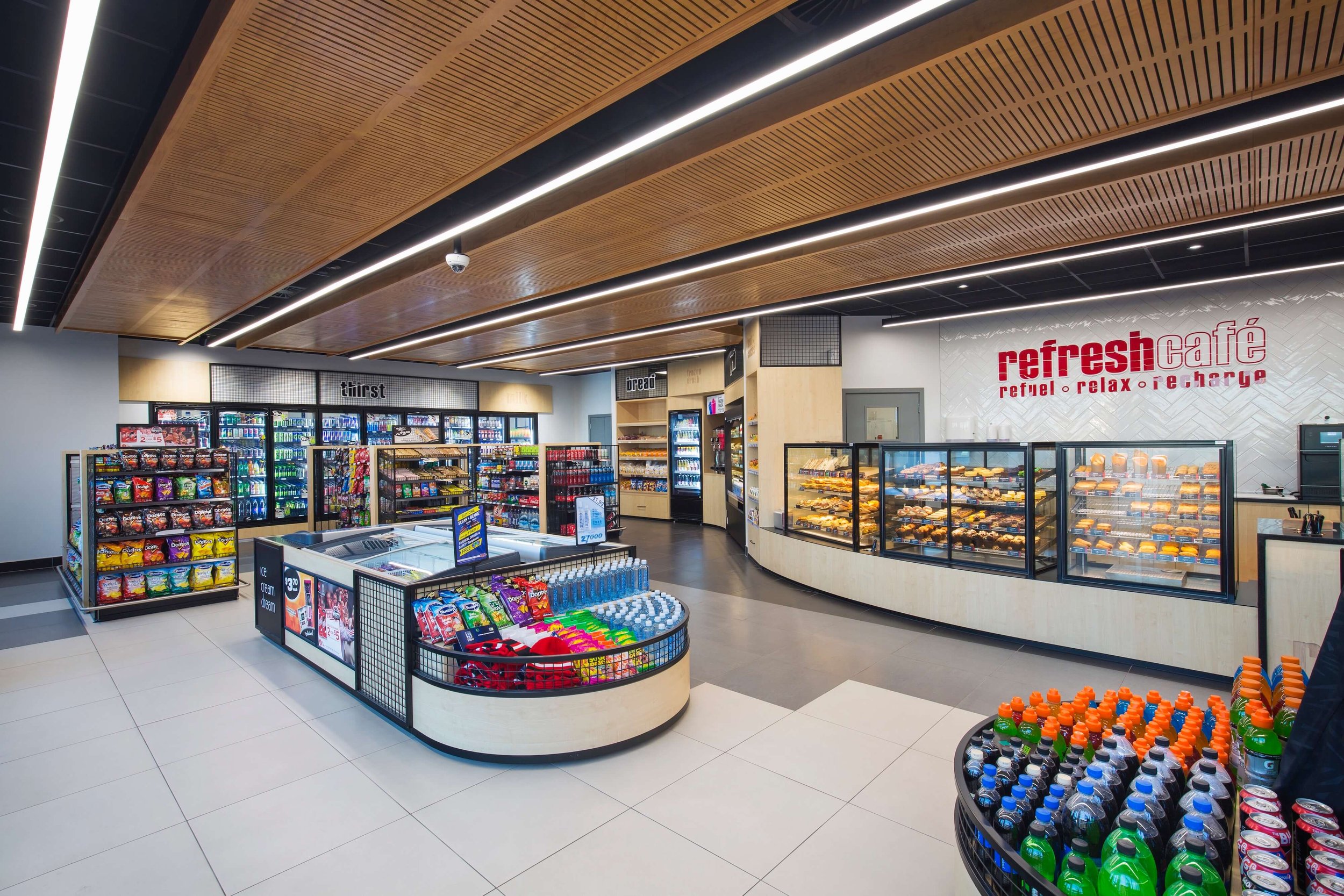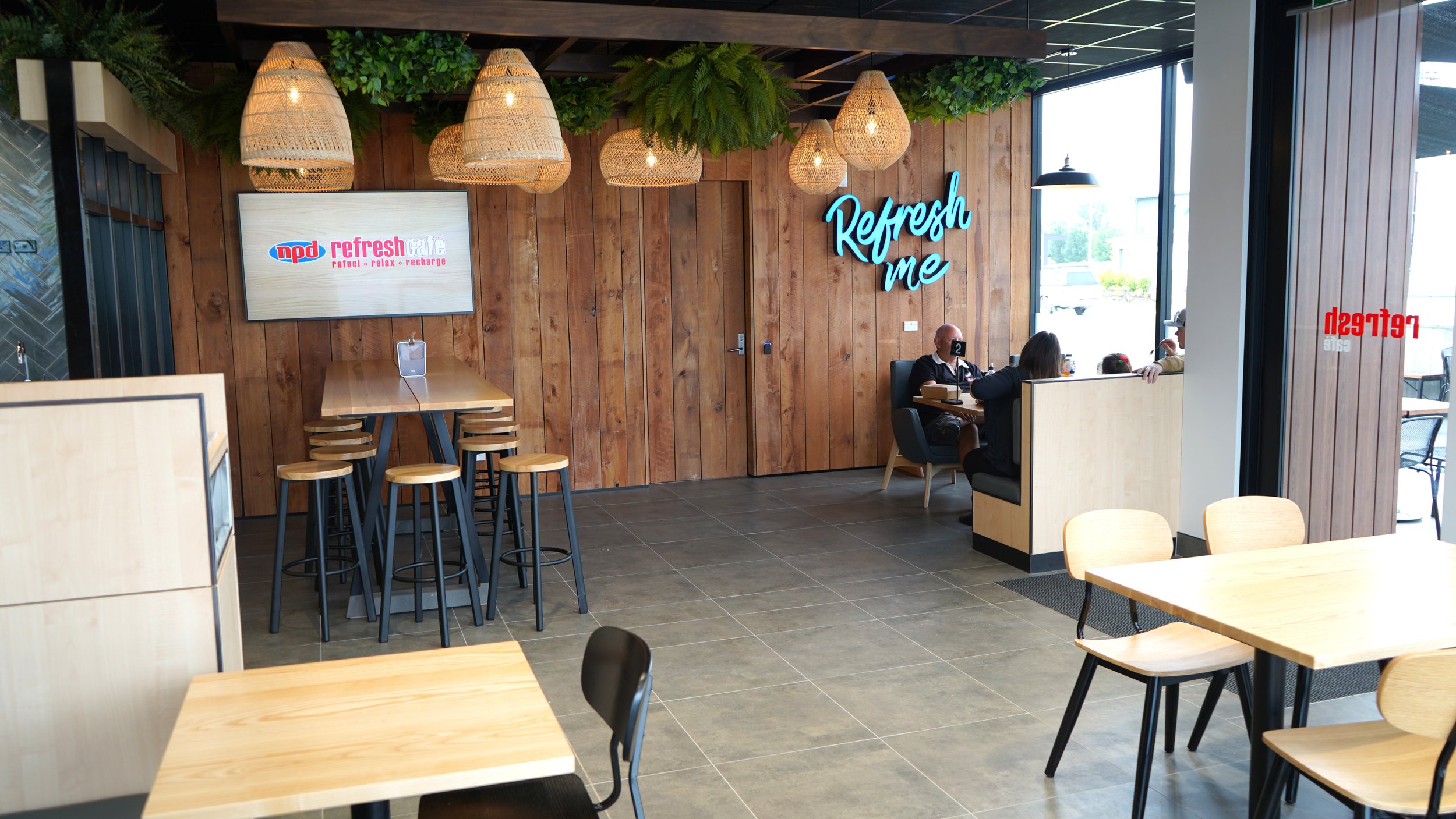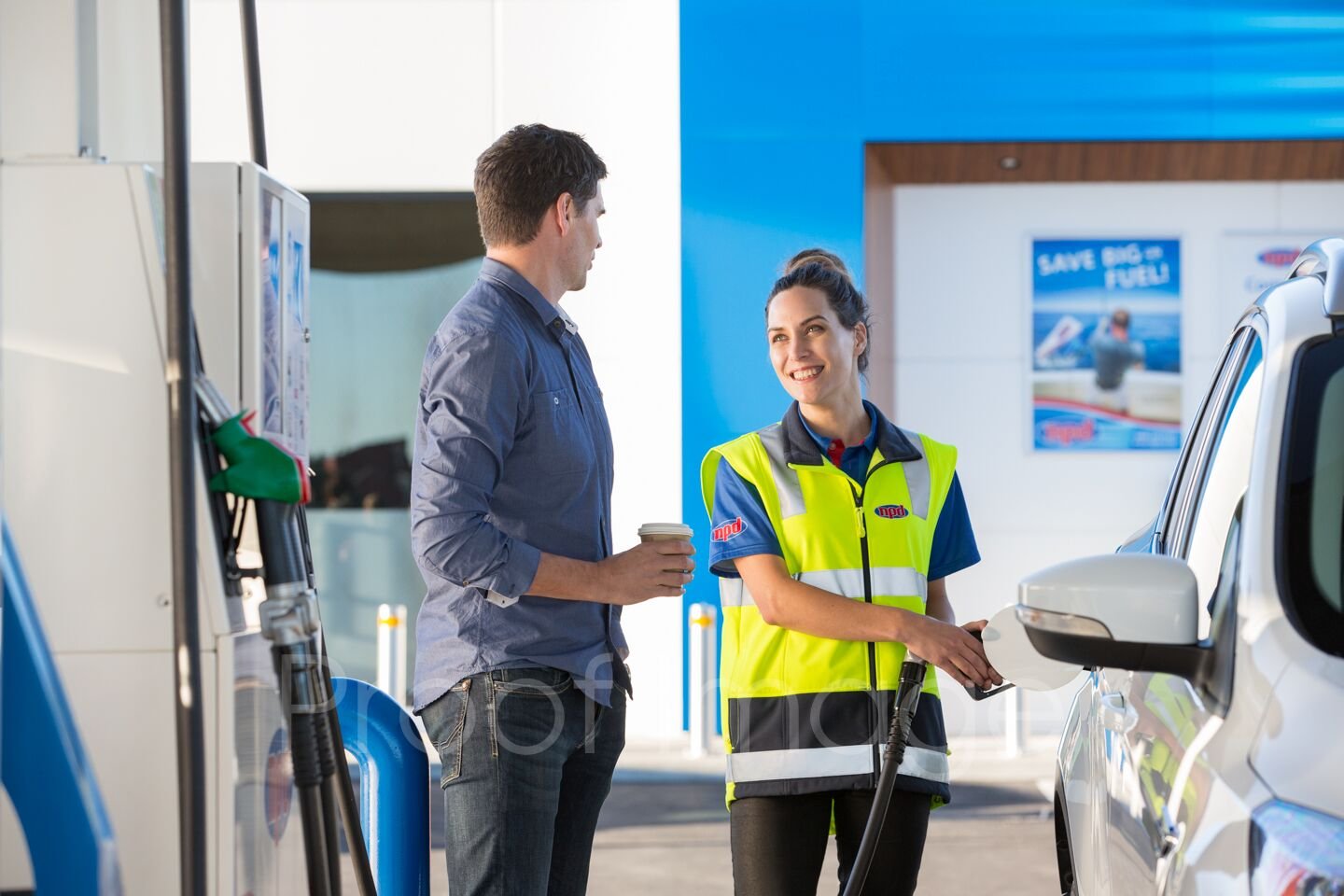Fuel retailers now realise there is enormous untapped potential to revamp their loyalty programmes to drive customer engagement and expand share of wallet. Kelly Brown explains how to elevate fuel loyalty solutions to create more relevant and personalised experiences that grow customer value and differentiate the business.
For many years, fuel retail loyalty programmes were an easy way to drive customer engagement and revenue. However, with changing consumer behaviours and formidable new competition, few meet the needs of today’s retailers or consumers.
Most are simple “earn-and-burn” transaction or discount-based programmes that extend the same set of outdated offers to all customers, regardless of their different behaviours.
They typically relinquish ownership of customer data and relationships to third party coalition loyalty providers who can’t differentiate retailers from their competition.
And, crucially, with no access to their customers’ preferences, purchasing behaviour or communications, retailers can’t assess what their customers care about to provide the fast and easy personalised services they increasingly expect.
The reality is, today customers don’t just compare your service to that of your competitors, but to the best service they’ve ever received, anytime and anywhere. At a time when digital technologies allow companies to ‘hyper-personalise’ to serve each individual customer, fuel retail loyalty programmes are well overdue for an overhaul.
Leading fuel retailers are investing in innovation, digitisation and branding to launch new loyalty solutions that deliver a complete view of customers’ preferences and purchasing behaviour, with the ability to create fast and memorable experiences.
If you’re looking at how to develop your loyalty and personalisation capabilities, here are the steps to take to deliver an exceptional CX:
Take control with a standalone loyalty programme
In contrast to the coalition loyalty programmes, modern loyalty systems give you a 360-degree view of all retail and trade customers, with their entire purchasing history and preferences captured and centrally stored in one database.
By reclaiming ownership of your customer data from all channels and touchpoints – ranging from fuel selections to coffee preferences and convenience items within stores - you can recognise customers consistently wherever they shop with you.
Extend your loyalty programme to your mobile app
Today loyalty programmes are an integral part of a smartphone app: loyalty mobile app users typically spend 10-20% more a month, and visit 20-30% more frequently each month
When you create your loyalty app, ensure you include features that save customers’ time, increase convenience and turn purchases into a fun and engaging experience. And to really differentiate your offering, make it a game-changing experience by enabling both fuel and in-store transactions.
Apply analytics to create more relevant and personalised offers
The next stage is to use the data-driven insights to create cluster- or even site-specific offers. Tailor your offers for local buying opportunities and use your customers’ transaction histories to customise product bundles, pricing and promotions to increase sell-through without compromising margin.
You can then capitalise on opportunities to craft offers that feel personally relevant to each individual in your database by combining internal data (such as transactions and location) with external data (such as competition, weather, traffic conditions and demographics).
Use AI-driven marketing tools to hyper-personalise the CX
AI algorithms let you analyse customer preferences, predict many aspects of customer behaviour and develop personalised communications, experiences and offers.
By interacting with customers at the right moment, with the right offer and in the right channel, you can drive behavioural changes in customers and multiply the lifetime value of loyalty customers.
Ecosystem loyalty programmes are next
Looking ahead, large retailers are learning to drive customer loyalty and growth by pooling data within an ecosystem of brands. A recent McKinsey webinar described how multiple companies are tapping into their complementary product and service offerings to develop a joint loyalty programme around a unifying customer value proposition.
While still in their early stages, these ecosystem approaches promise many benefits:
Consumers will receive heightened experiential benefits in addition to faster loyalty rewards growth, more flexible redemptions and an unmatched simplicity and daily relevance.
Retailers and brands will see a rise in reach and frequency of usage. They will gain access to richer, more privileged consumer data, shared infrastructure and cross-marketing opportunities.
As you look at how to modernise your loyalty programme, ensure you focus on the end-to-end customer experience. You have a fantastic opportunity to leap-frog your competition by taking an ecosystem-centric approach that gives your customers a ‘next-generation’ experience. .

Z Energy fuels more sales and repeat visits
Z Energy, New Zealand’s largest fuel retailer and part of Ampol Australia, developed Pumped to replace a third-party loyalty scheme and create a more seamless mobile and in-store customer experience.
Built using Infinity’s Loyalty module, Pumped uses a QR barcode on Z’s mobile app to identify the customer at point-of-sale or self-serve online payment terminals and add any relevant offers to their transaction. It also lets them consume any offers they have earned, such as free coffee, carwashes or LPG bottle swaps.
Z can now create new offers that help engage customers, offer them valuable rewards and encourage repeat visits. And Pumped is now Z’s cornerstone for innovation, with the ability to deliver the unified and personalised experiences its customers expect.
“With a single view of the customer we are right in the middle of the transaction with the customer in real-time. We know where, when and how they shop and, over time, will find new ways to interact, personalise and reward each customer’s experience.”
Andy Stewart, Head of Digital & Operations – Low Carbon Futures, Z Energy
Want help to modernise your fuel loyalty programme?
As you transform your customer experience to deliver the seamless and personalised buying journeys your customers crave, your retail systems must transform as well. If you’re looking for help to develop your loyalty and personalisation capabilities, get in touch. We’d love to help you develop more meaningful relationships that deliver profitable growth.
For more on how to deliver every c-store customer a personalised, fast and seamless experience, download our new ebook:




























